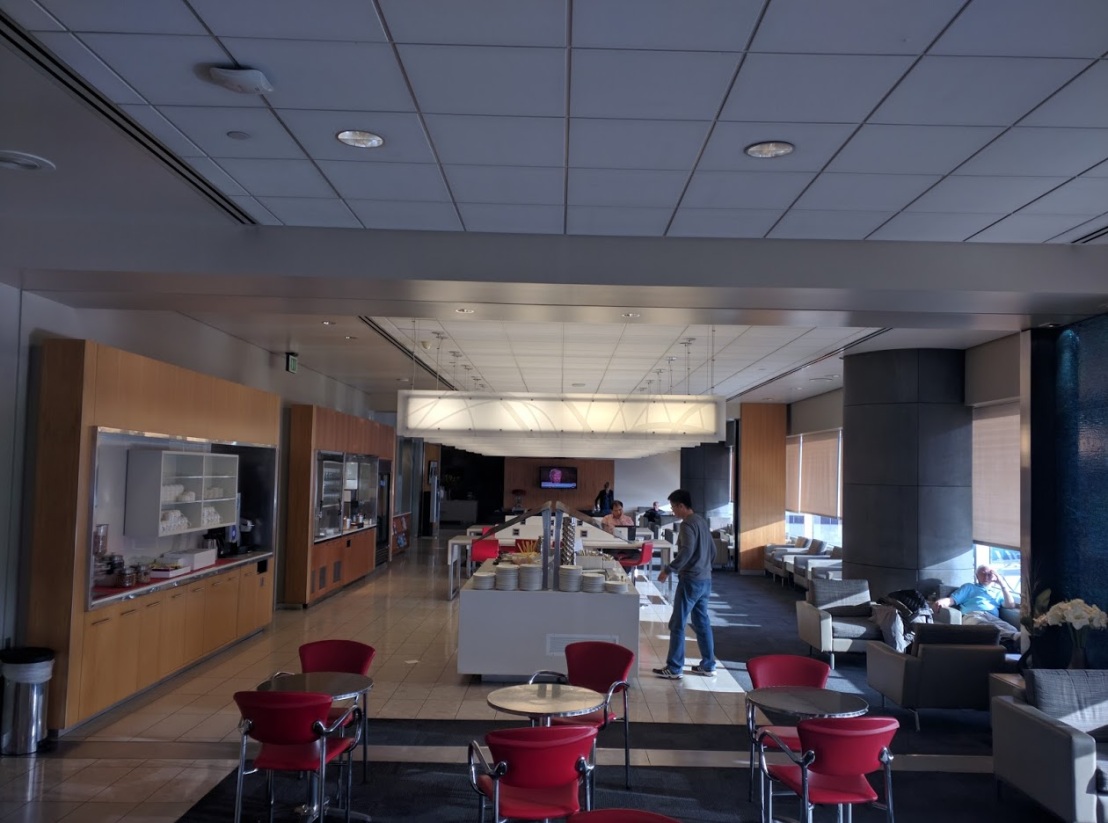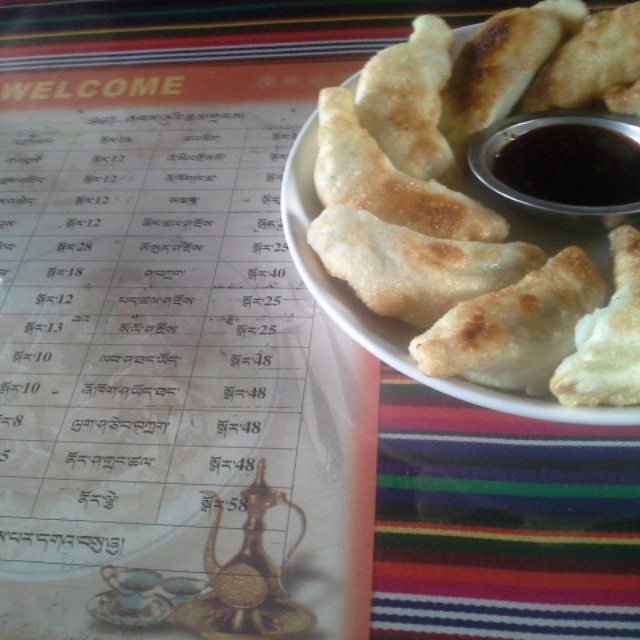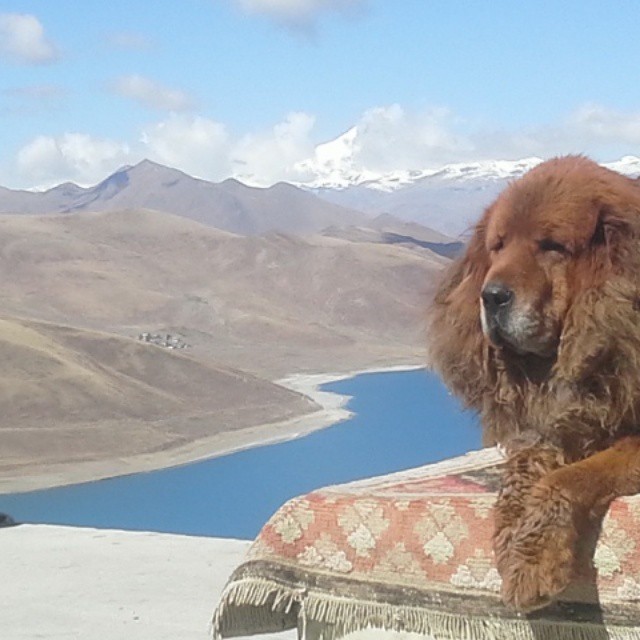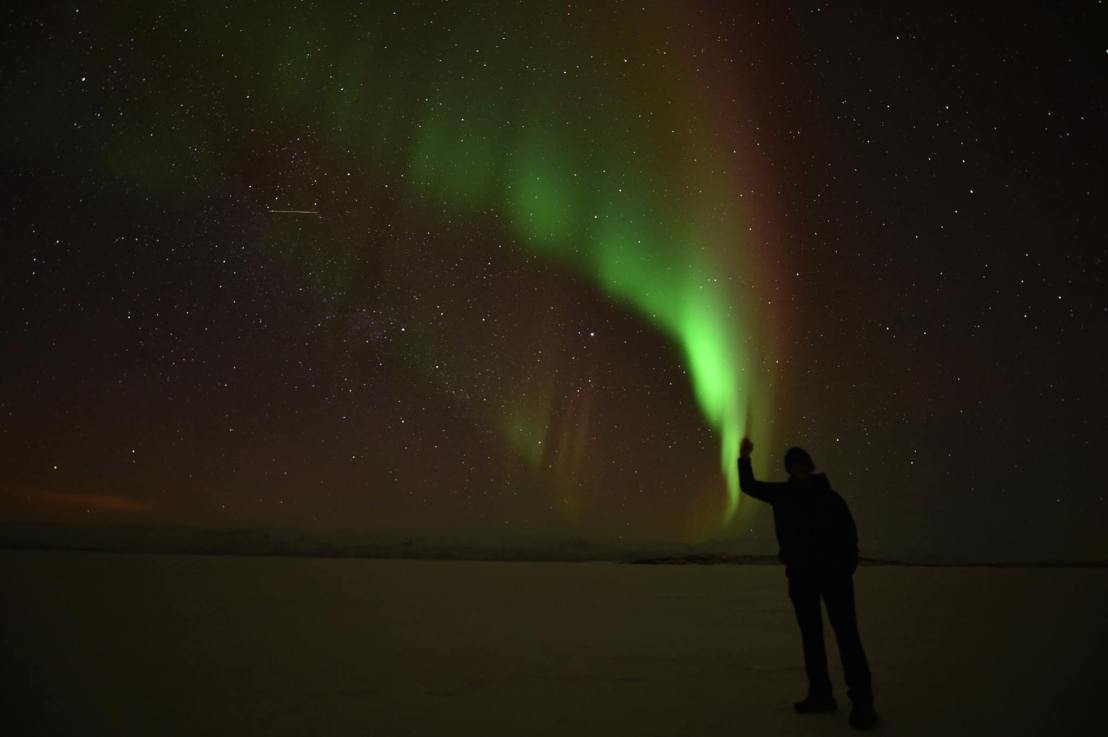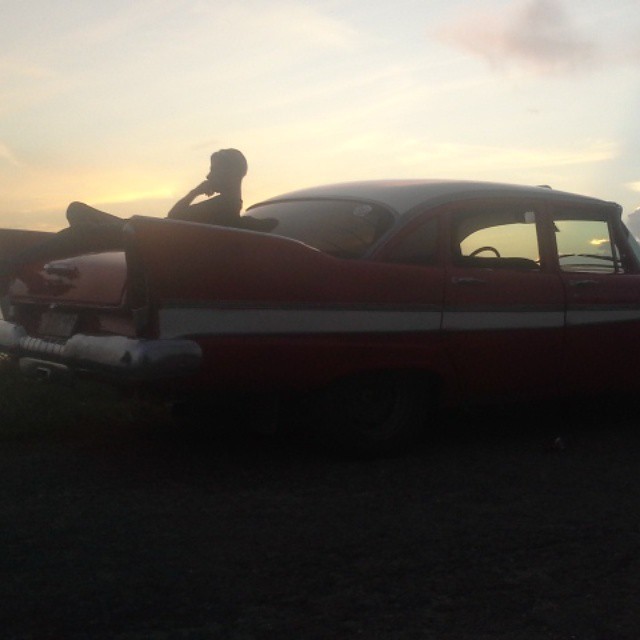Even before President Obama announced the gradual lifting of the travel ban with Cuba, it had already been high on my list of places to see. Once this news was announced, it became even more of a priority to get there as soon as I could, before it would likely be forever changed by American tourism.
As part of my around-the-world trip last summer, I did indeed make it to Cuba, and it was everything I hoped for – a beautiful country tragically stuck in the past behind an outdated authoritarian government, but so rich in culture, with incredibly friendly people, delicious food, beautiful landscapes, a vibrant music scene, and of course many gorgeous old cars.
But while I eventually plan to write about my trip itself, and all of the things to do in Cuba, this post is going to more focus on how to go to Cuba, as both before and after Obama’s announcement, there has been a fair amount of confusion about the process. (And if you’re visiting this blog from another country, you’re welcome to follow along, but the below might not be of much use to you).
First though, let me caution that if you’re just looking for a Caribbean getaway on the beach where you can sip mojitos all-day at an all-inclusive resort, I would not recommend going to Cuba, as you can do the same thing for far cheaper and with less logistical hassles at any number of Caribbean islands on better terms with the US (and to clarify, I don’t have anything against these types of vacations; I have done them in the Dominican Republic and Jamaica and had tons of fun). In short, you should be going to Cuba if you’re more curious to experience a completely different culture than you’ve ever been to.
However, as general tourism is still not legal, there are still a few steps to take first. So what are the different ways to go?
First, there is what’s known as a people-to-people tour. This is by far the easiest way to go, as everything is taken care of, but also the most expensive, with costs running around $5,000 for a one-week tour, with everything included except getting to Miami (or wherever you’re flying in from). Before Obama’s announcement, this was the only legal way for most people to go to Cuba, and the announcement did not directly affect people to people tours, though it’s expected that it might cause a decline in their popularity with there now being cheaper ways to go. Only a handful of tour operators have a license to operate these kinds of tours, and they explicitly have to be for “cultural or educational reasons” (i.e. not tourism). I’m not going to spend any more time getting into these, as a $5,000 one-week tour doesn’t really have a place on a budget travel blog, but you’re more than welcome to do further research on your own if this for some reason interests you.
The second way, which was the most impacted by Obama’s announcement, is to go under a general license from the Office of Foreign Assets Control (OFAC). While this used to be a very onerous, drawn out application process, now all one needs to do is claim that they are going under one of the following categories (from the OFAC web site):
- Family visits
- Official business of the U.S. government, foreign governments, and certain intergovernmental organizations
- Journalistic activity
- Professional research and professional meetings
- Educational activities
- Religious activities
- Public performances, clinics, workshops, athletic and other competitions, and exhibitions
- Support for the Cuban people
- Humanitarian projects
- Activities of private foundations or research or educational institutes
- Exportation, importation, or transmission of information or informational materials
- Certain export transactions that may be considered for authorization under existing Department of Commerce regulations and guidelines with respect to Cuba or engaged in by U.S.-owned or -controlled foreign firms
What’s unclear, however, is how (if at all), this will be enforced. While I haven’t seen reports of people facing problems for their trip not complying with their stated reason, it would probably be a good idea to keep as much documentation as possible that supports your reason. If you are feeling super paranoid however, you can still go through the formal application process.
The last way is to just go. Contrary to popular belief, the restrictions on Americans visiting Cuba come 100% from the American side. Cuba has no problem with Americans visiting, and will welcome them with open arms (well, almost. I was sternly instructed at immigration to not smile for my picture). While a Cuba passport stamp (if they even stamp it) theoretically could present issues when re-entering America, this is rare provided no import laws are being broken, and can be totally avoided if you have Global Entry. In this case, all you have to do is find a flight (albeit through a third contry).
Finding nonstop flights from the US
There used to be very limited charter service to Cuba from US airports (mostly Miami) prior to Obama’s announcement; since the announcement, far more airlines have added flights, as you can now fly there nonstop from as far away as Los Angeles. Given that the Havana Airport website isn’t very up-to-date, I instead recommend using Wikipedia for the most up-to-date list of charter flights. These are not bookable with the airline though; instead, a small number of other charter companies (ABC Charters is one of the most popular ones) handle the booking; if you are interested in a particular route, the airline will generally be able to redirect you to the appropriate authority to contact. You will have to sign an affidavit that you are going for one of the stated reasons.
That being said, charter flights tend to be quite expensive for the distance; roundtrip airfare from Miami to Havana (less than 100 miles each way) can run around $500-$600, while other destinations can be as high as $800-$900, and often only run a few times a week. (There are also a few charter flights into cities other than Havana, such as Santiago, but these tend to be even more expensive).
On top of that, you won’t earn any miles on these flights. Instead, you might be better off…
Finding flights with connections from the US
While I know in the past I’ve touted the benefits of ITA Matrix, it still does not allow you to search for flights to Havana from the US. For this, you are probably better off using KAYAK, which recently started to allow these searches (though you will have to book with the airline directly).
And while you will save a little money as well as be able to earn frequent flyer miles, it still won’t be cheap. Casually at dates over the next few months on KAYAK, the lowest I saw was a crazy itinerary for $689 which it found on Skypicker (which I also wrote about earlier) requiring me to fly from San Francisco to Denver on Virgin America, Denver to Cancun on Frontier, then Cancun to Havana on Interjet. If I were only flying as far as Cancun, it would be $300 less.
While I’ve found that KAYAK is the best search engine for flights to Cuba, it still isn’t perfect, and therefore if you have time, you might want to play around yourself with finding flights to airports near Havana (Cancun is a popular departure point), and then separately searching for flights between that airport and Havana.
If you have frequent flyer miles with a non-US airline (or the ability to transfer in frequent flyer miles to a non-US airline), this is a great way to save money, and this is how I booked my flight, using Luftansa Miles and More miles to book a one-way flight from Panama to Havana, and then Avianca LifeMiles to book a one-way flight from Havana to Quito via Bogota. E-mail me if you want to know more.
So do I need to go as part of a tour?
While you legally need to be going for one of the 12 reasons specified earlier, it does not have to be as part of a tour. However, unless you’re extremely fluent in Spanish, I would highly recommend a tour, and would even recommend one if you are.
Though Cuba is an amazing place to visit, it is still very much behind the times when it comes to technology, and things you might take for granted when booking trips to other non-English speaking countries (like lodging, transport, etc.) will be much tougher here, given the almost complete lack of internet access. Going with a local bilingual tour guide will take care of all these hassles. Furthermore, if you ever know anyone who’s come back from Cuba talking about how the food is terrible, it’s likely because they only at at the awful state-owned restaurants. Instead, you’ll want to make sure you eat at the private-owned paladars (in people’s homes), but the good ones can often be hard to find (such as knowing to pull off the highway at a certain kilometer marking), and a local guide will help you avoid being ripped off.
I would strongly strongly recommend Cuban Adventures, which offer 8-day tours including transport and lodging for just over $600 (plus tips to guides). It’s a budget tour where you’ll be staying in people’s houses and traveling by van, but hopefully you can put aside your needs for luxury for just a week. My guide spoke perfect English and Spanish, and I learned quite a lot about Cuban culture that I never would have known if I were on my own. If you mention that I referred you, you can also get a discount. The featured photo in the post was taken at a beachside barbecue that our guide organized for us where he invited his friends to cook fresh fish and play music for us; it really felt like I was seeing the country with a friend, rather than on a tour.
Lodging
As I mentioned earlier, I booked a tour group that took care of all this for me. However, if you are doing it yourself, you’ll want to stay in casa particulares (or people’s houses). Unfortunately, there is no centralized portal for listings; you will have to do some research on Google to find them and contact them directly. Airbnb has recently expanded into Cuba, but they tend to be far more expensive. You can of course book with some of the nicer hotels too, but unless you’re one of those people who always needs the finest things in life, I would recommend staying at someone’s home.
Getting Around
Again, as I booked through a tour company, I didn’t need to worry about this. Car rental tends to be very expensive in Cuba, and bus service might be a better option if you have reasonably good Spanish. While I generally would not recommend this in most countries, the hitchhiking culture in Cuba is very strong and extremely safe, and there are even people hired by the government to help find rides for hitchhikers in need.
Money
Cuba has two currencies in effect: the Cuban Convertible Peso (CUC), which is pegged to the US dollar at 1:1, and is primarily used by tourists (and accepted at tourist-friendly places), and the Cuban Peso (CUP), which is primarily used by locals and roughly runs roughly 25:1 against the dollar. While you might be able to politely ask for, trade for, or maybe buy CUPs from locals, non-residents can only legally obtain CUCs.
While this hopefully will change soon, American debit cards are generally not accepted at Cuban ATMs, so you’ll need to exchange money upon arrival. Given that there is an automatic 10% fee added when converting US dollars, you will save money by bringing a foreign currency in and then exchanging that money (if you’re transiting a third country, pull out money at an ATM at that country’s airport). And as you likely will not have any access to your bank account or credit cards while you’re there, be conservative and bring more money than you need, as once you have exchanged all the money you’ve brought, you will not be able to get more money.
Visas
All you will need to enter Cuba is a tourist visa that you should be able to purchase from your airline for $20 USD. Note that you will also need to pay $25 CUCs as a departure tax.
Cellphones
Won’t work here (yet), sorry
Internet
Occasionally, you can get internet using the Wi-Fi from very nice hotels, but for the most part, you’re going to be relegated to paying $6-$9 an hour at internet cafes. In other words, prepare for some time without it.
As I mentioned, this post is only meant to be about the logistical issues in getting to Cuba, not a guide to what to do in Cuba, which I’ll post about later.
Other questions? Feel free to e-mail me, or post in the comments.
Like this:
Like Loading...

